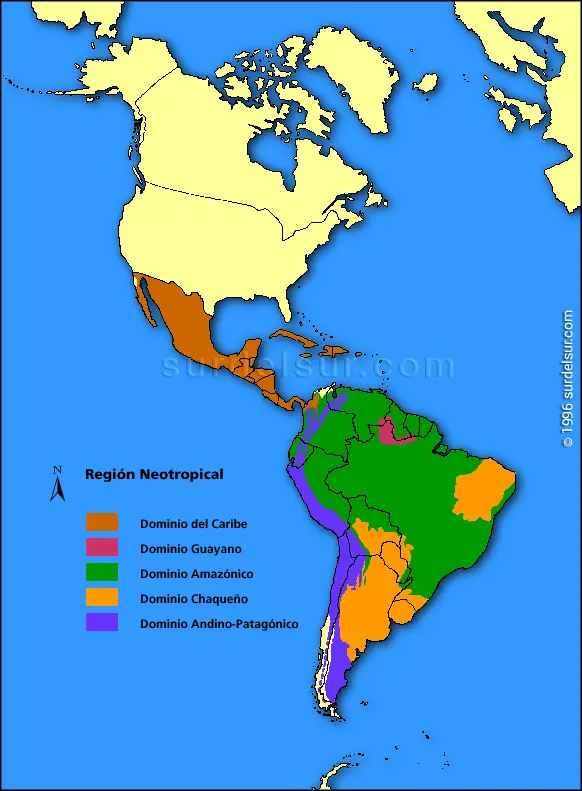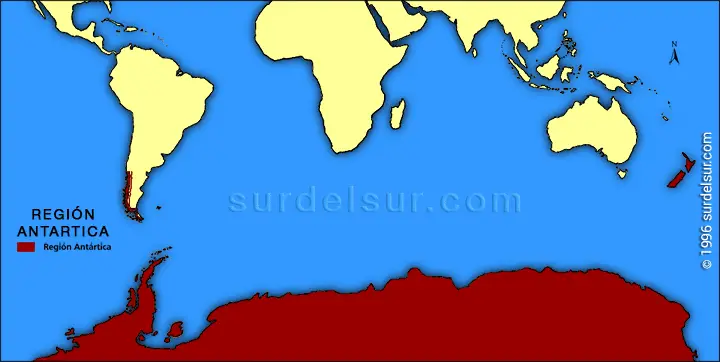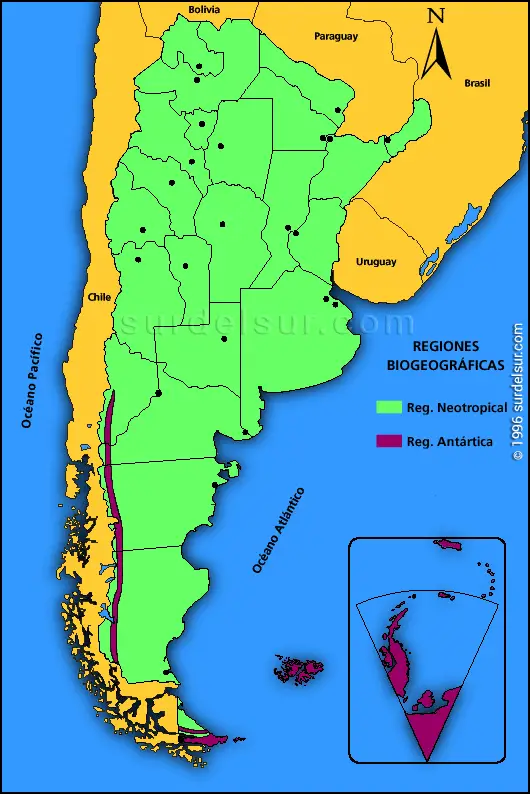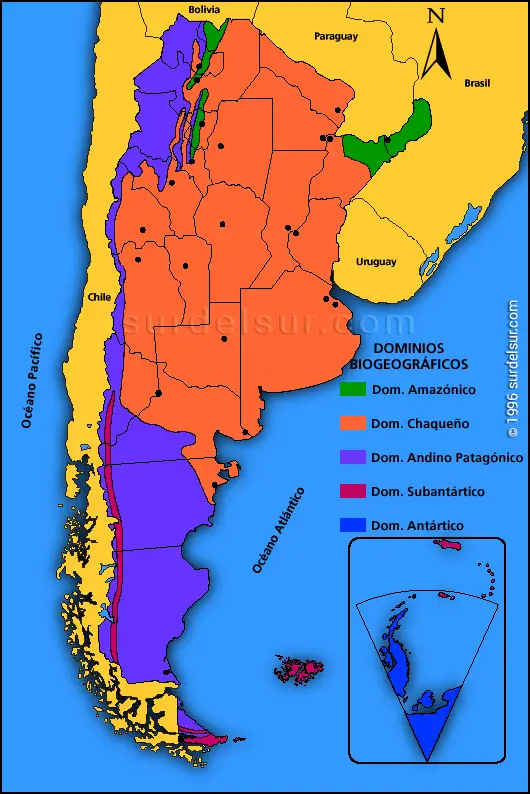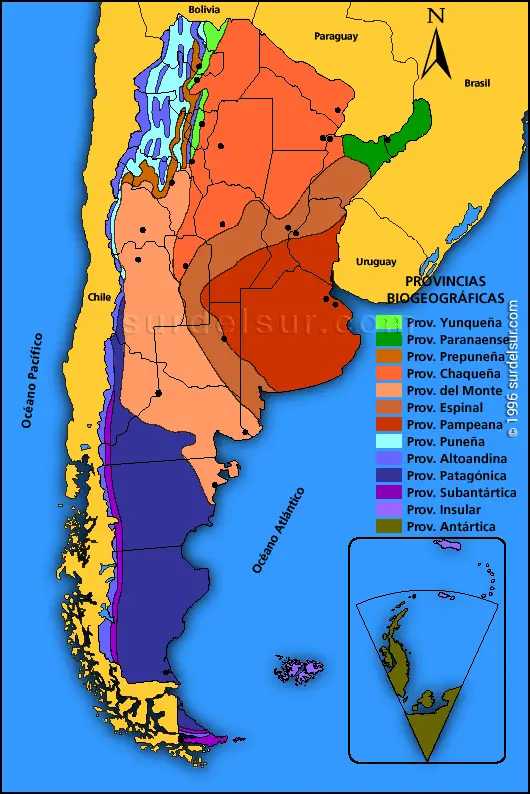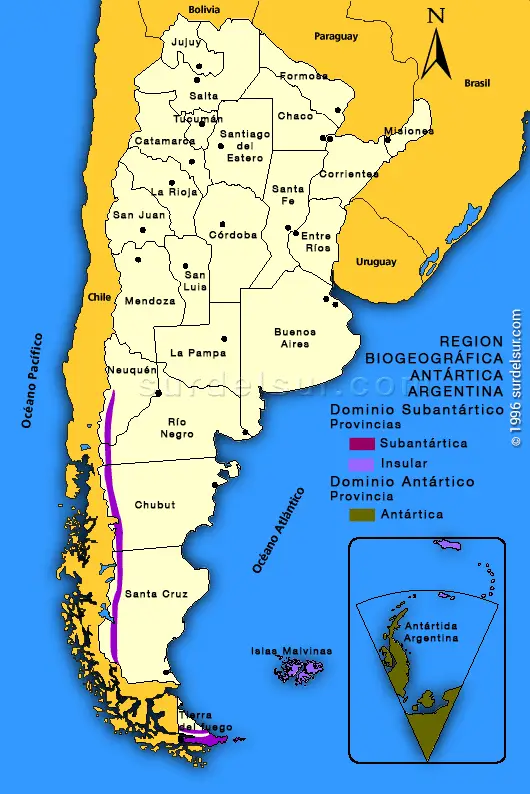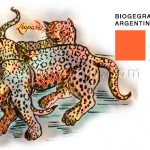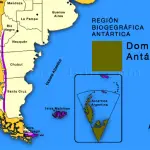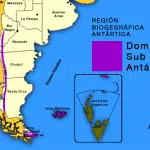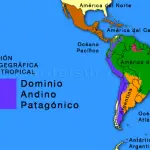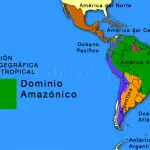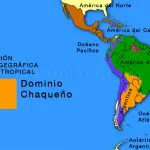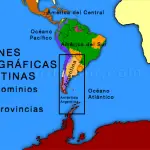The Biogeographical Regions of Argentina report, is an approach to the flora and fauna of the two main regions, Neotropical and Antarctic, which define the characteristics of the surface of our country.

Article of the guest columnist, Esteban O. Lavilla y Juan A. González for surdelsur.com
In this first report, we will locate and describe, the Continental Biogeographical Regions in America and in the rest of the world, besides showing the Argentina Biogeographical Regions.
We will address the characteristics of the Biogeographical Domains and Provinces in successive reports about Biogeography. In short, we will refer to the climate, landscape, vegetation, communities, fauna and human activities of each Biogeographic Domain and Province of Argentina.
See all reports about Biogeography of Argentina >>
Biogeographical Regions in the World
This two biogeographical regions, Neotropical and Antarctic, are present in America, New Zealand and the Antarctic Continent.
Neotropical Region in America
It corresponds almost exactly with what is known as Latin America, spreading from the Sonora Desert, in the frontier between USA and Mexico, up to the southern limit of continental South America. A narrow band at both sides of Argentina and Chile southern Andes, as well as Isla Grande in Tierra del Fuego and the remaining southern islands, are not encompassed by it.
The large continental mass of South America kept separate from the remaining continents for several million years, which brought about the peculiar isolated development of the biota which characterizes it.
According to various differentiating features, the Neotropical Region has been divided into five Domains Caribbean, Guyanese, Amazonian, Chaco and Patagonian-Andean, the three last ones being within the Argentine territory.
Antarctica Region in the World
It includes the southern end of South America, New Zealand and Antarctica. These three masses of land used to be linked, corresponding to the southern part of the Gondwana supercontinent. Despite the distances which today separate one from the other, the three members of the regions have flora and fauna affinities.
Argentina Biogeographical Regions
Argentina has two main Biogeographical Regions. The Neotropical Region and Antarctic Region. The Neotropical Region as you can see in the map occupies most of the Argentine territories.
Argentine Neotropical Region
As we said before, the Neotropical Region is one of two Biogeographical Regions of Argentina. It occupies most of our territory. Only a narrow strip on either side of the Andes in southern Argentina and Chile, as well as the Isla Grande de Tierra del Fuego and the other southern islands are not included in it.
Domains of the Neotropical Region in Argentina
Of the five domains that the Neotropical Region occupies in America three are present in the Argentine territory.
The Neotropical Region in Argentina has 3 Domains which are:
- Amazonian Domain: Widely spread in South America, it has been divided into nine provinces. In Argentina it is represented by two provinces.
- Chaco Domain: It approximately coincides with the South American low lands. It has been divided into six provinces, five of which are represented in Argentina
- Patagonian-Andean Domain: It occupies the regions of middle and high mountain of the north and west of South America, from Venezuela to Tierra del Fuego
Provinces of the Neotropical Region in Argentina
At the same time each of the domains is divided into provinces.
- Yungas Province
- Parana Province
- Pre-Puna Province
- Chaco Province
- Woodland Province
- Espinal Province
- Pampa Province
- Puna Province
- High-Andean Province
- Patagonian Province
Amazonian Domain
Widely spread in South America, it has been divided into nine provinces. In Argentina it is marginally represented only in the North-west, along the pre-cordilleran mountains (corresponding to the Yunga Province) and in the North-east, covering Misiones and the North-east of Corrientes (Paraná Province).
- Yunga Province : occupies Jujuy, Salta, Tucumán y Catamarca Provinces
- Parana Province : occupies Misiones y northeast of Corrientes Province.
Chaco Domain
It approximately coincides with the South American low lands. It has been divided into six provinces, five of which are represented in Argentina, where they encompass most of the country.
- Pre-Puna Province occupies Jujuy, Salta, Tucumán, Catamarca and La Rioja Provinces.
- Chaco Province comprises Formosa, Chaco, east of Salta, Jujuy, Tucumán and Catamarca, west of Corrientes, north of Córdoba and Santa Fe, with intrusions in La Rioja and San Luis.
- Woodland Province makes a wide curve, ranging from Yocavil Valley in Salta and Tucumán, following Catamarca, La Rioja, San Juan, Mendoza, Neuquén, La Pampa, Chubut and Río Negro.
- Espinal Province forms an arc from the center of Corrientes and North of Entre Rios by Santa Fe, Cordoba, San Luis, La Pampa and Buenos Aires
- Pampa Province comprises Buenos Aires, south of Entre Ríos, Santa Fe and Córdoba, east of La Pampa and a small portion of San Luis. It is located between the Espinal Province and the Atlantic Ocean.
Patagonian-Andean Domain
It occupies the regions of middle and high mountain of the north and west of South America, from Venezuela to Tierra del Fuego, and goes down to encompass the Patagonian steppe, from the west of Neuquén and Río Negro to Santa Cruz.
It has been divided into five Provinces, three of which are represented in Argentina.
- Puna Province: occupies the provinces of Jujuy, Salta, Tucumán, Catamarca, La Rioja, San Juan and Mendoza.
- High-Andean Province: takes the high mountains of western Argentina, from Jujuy to Tierra del Fuego.
- Patagonian province in your northern boundary can be assimilated to an oblique line from the foothills in the center of Mendoza to the mouth of the Chubut River in the Atlantic. South reaches northeast of Tierra del Fuego, in the east limits with the Atlantic Ocean and by the west with the provinces Altoandina to the center of Neuquen; and the sub-Antarctic to Tierra del Fuego.
Antarctic Region of Argentina
As we said at the beginning of the article there are two main Biogeographical Regions of Argentina. The Neotropical Region and Antarctic Region. Now we are going to refer to the Antarctic Region
Antarctic Region is in the southern end of Argentina and includes the Malvinas Islands, Southern Georgias Islands and other minor Sub-Antarctic islands.
Domains of the Argentine Antarctica Region
The Argentine Antarctica Region is composed of two sub-domains, the Sub-Antarctic Domain and the Antarctic Domain.
Sub-Antarctic Domain
It is located on a narrow strip to the west of Patagonia and parallel to the border between Argentina and Chile.
- Sub-Antartic Province, took the aforementioned brief and longitudinal portion, between Neuquén and Tierra del Fuego, to the west of Argentina.
- Insular Province is the portion of Antarctic Domain, including the Falklands, South Georgia and minor sub-Antarctic islands
Antarctic Domain
The Antarctic Province encompasses the southern islands and the Antarctica. The domain is usually considered to be coincident with the limits of a Province.

